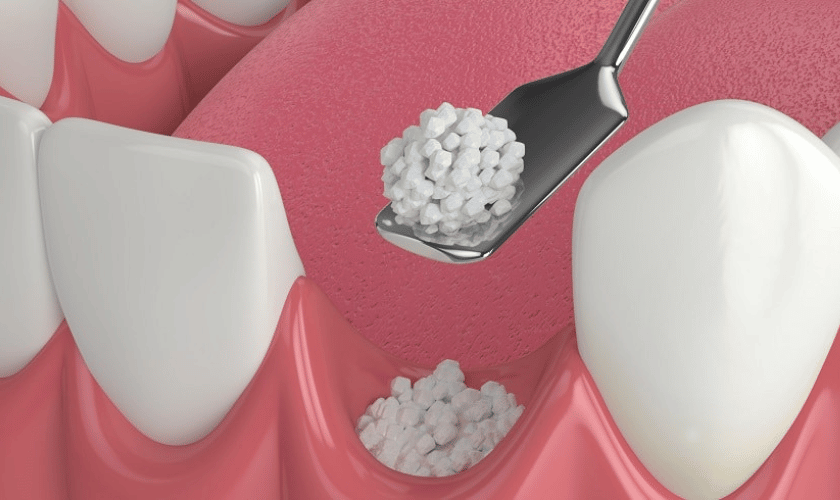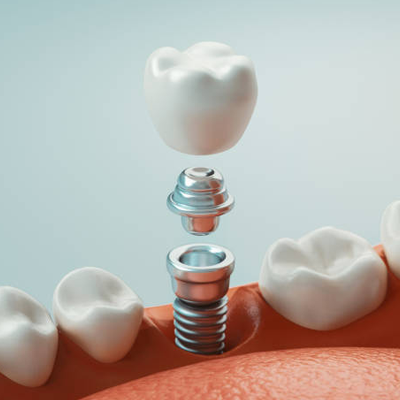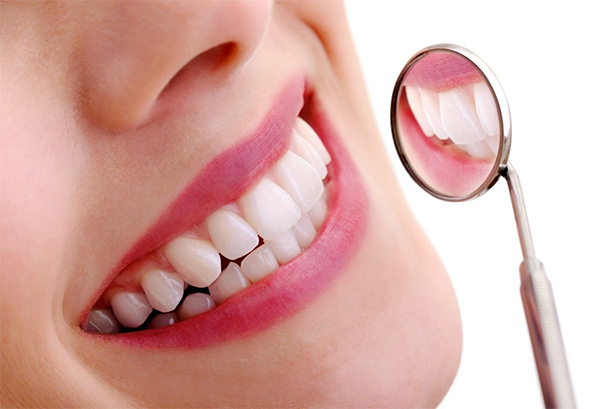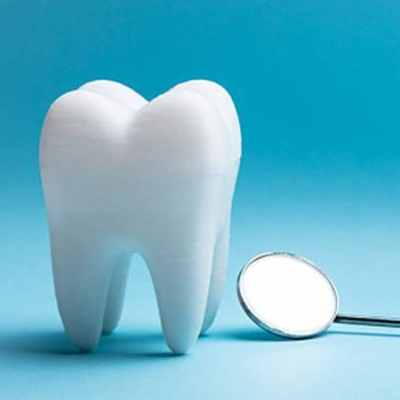
How Long Does it Take for Dental Bone Graft to Heal?
Have you been told that you need a dental bone graft procedure before you can receive dental implants or another restorative dentistry treatment? Bone grafting has become increasingly common due to advances in technology and materials, but many patients are curious about the healing process. In this blog, we will provide you with an overview of the dental bone graft healing process, including what to expect and how long it takes.
Bone grafting is a restorative dentistry technique that enables patients to receive implants or other treatments by rebuilding lost or damaged jawbone. Advances in materials and technology have made this procedure increasingly common, but many patients are unsure of what to expect during the healing process. This blog will provide an overview of how long it takes for a dental bone graft to heal and what you can do to facilitate the recovery process.
The Bone Grafting Process
Before we discuss the healing timeline, let’s review the bone grafting process. Bone grafts involve replacing lost or damaged jawbone with a material such as synthetic bone substitute, donated human or animal tissue, or a patient’s own bone tissue. During the procedure, a small incision is made in the gums to access the existing jawbone, and then the graft material is placed into the area. The graft is secured with screws or sutures, and the incision is closed.
The Healing Process
Once a dental bone graft has been placed, the healing process begins. Bone regeneration takes time and typically occurs in three phases: inflammation, repair, and remodeling. During the initial inflammation phase, blood vessels form to bring oxygen, nutrients, and other substances to the graft site. This promotes healing and prepares the area for bone regeneration.
The second phase is repairing; this is when the body begins forming new bone tissue at the graft site. Bone cells (osteoblasts) are formed that start to form a matrix of connective tissue called woven bone. This is a sign that the body has begun to accept and integrate the graft material.
The last phase is remodeling, which occurs when the woven bone begins to be replaced with dense solid bone (cortical). This can take several months or even years in some cases, but it’s a necessary process for long-term success.
How Long Does Bone Graft Healing Take?
On average, the bone graft healing process takes about six months. However, this timeline can vary depending on the type of bone graft used and the patient’s overall health and healing abilities. In some cases, it may take up to one year for a dental bone graft to heal completely.
Factors that Impact Bone Graft Healing
There are several factors that can affect the healing timeline for a dental bone graft, including:
– Bone graft material: Different types of materials may take longer to heal than others. Synthetic materials typically take the longest, while autologous (donated) bone grafts tend to heal faster.
– Bone quality: Bone quality can also impact healing time; higher-quality bone will typically heal faster than lower-quality bone.
– Patient health: A patient’s overall health and healing abilities may influence the healing timeline for a dental bone graft. Those with poorer health or a weakened immune system may take longer to heal.
Facilitating Bone Graft Healing
In addition to understanding the healing timeline, it’s important to know how you can help speed up the process. Following your doctor’s instructions is key — they may recommend taking certain medications, avoiding strenuous activity, or eating a certain diet. Additionally, you can try to reduce inflammation by applying ice packs and avoiding smoking or drinking alcohol.
Emergencies During Bone Graft Healing: When to Contact an Emergency Dentist?
In rare cases, complications may arise during the bone graft healing process, requiring immediate attention from an emergency dentist. If you experience severe pain, excessive bleeding, or signs of infection such as fever or swelling, it’s crucial to seek prompt dental care. Emergency dentists are trained to address urgent dental issues and can provide the necessary treatment to ensure your recovery continues smoothly.
Conclusion
Dental bone grafts are a common restorative dentistry procedure that enables patients to receive implants or other treatments by rebuilding lost or damaged jawbones. Bone regeneration takes time and typically occurs in three phases: inflammation, repair, and remodeling. Bone graft healing can take up to six months, but the timeline may vary depending on the type of bone graft used and the patient’s overall health. To help speed up the process, it’s important to follow your dentist’s instructions and reduce inflammation at home with ice packs or other treatments.
Bone graft healing can take up to six months, but the timeline may vary depending on the type of bone graft used and the patient’s overall health.
Bone graft healing time can be affected by the type of bone graft material used, the patient’s overall health and healing abilities, and the quality of the bone.
A: Following your doctor’s instructions is key; they may recommend taking certain medications or avoiding strenuous activity. Additionally, you can try to reduce inflammation by applying ice packs and avoiding smoking or drinking alcohol.







